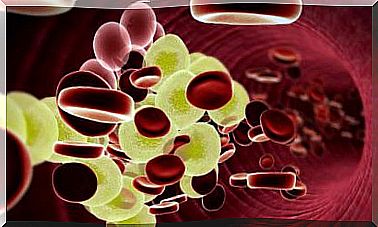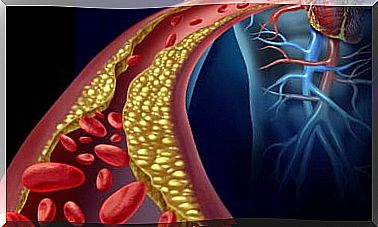Does Magnesium Deficiency Cause Symptoms?
The magnesium deficiency is rarely diagnosed, because in the blood does not appear. In fact, only 1% of magnesium is stored in the bloodstream.
Many people in industrialized countries like the United States are said to be lacking in magnesium, but very few know it. It is good to keep in mind that this can lead to many diseases.
Magnesium deficiency: what to know
Magnesium is the fourth most abundant mineral in the body. It has been recognized as a cofactor of more than 300 enzymatic reactions and magnesium is required for the synthesis, reproduction and synthesis of DNA and RNA proteins.
Low magnesium levels have been associated with a number of chronic diseases, including Alzheimer’s disease, insulin resistance and type 2 diabetes mellitus, hypertension, cardiovascular disease (eg, stroke), migraine, and attention deficit disorder with hyperactivity (ADHD).

Magnesium deficiency symptoms
Health problems associated with magnesium loss include diabetes, malabsorption, chronic diarrhea, and celiac disease. People with alcoholism are also at higher risk.
Lack of magnesium can affect every organ in the body, especially the muscles. For this reason, muscle contractions, cramps or spasms tend to occur.
It could also cause jaw joint disorders, headaches, or tightness in the chest.

In turn, the muscles contract, causing constipation, menstrual cramps, spasms when urinating, difficulty swallowing and “lumps” in the throat.
Lack of magnesium has also been linked to an increased risk of depression. In addition, it could also be related to anxiety.
On the other hand, magnesium could also play a role in lowering blood pressure. This is explained by a meta-analysis published in 2016. The researchers determined a causal effect of magnesium supplementation in lowering blood pressure.
A relationship has also been seen between a lack of magnesium and asthma. So much so that, according to a study published in 2007, the British Thoracic Society recommends a dose of magnesium sulfate for patients with acute exacerbation of severe asthma and an inadequate initial response to bronchodilator inhalation therapy.
Interestingly, magnesium deficiency is also a risk factor for osteoporosis. Deficiency can directly weaken bones, but it also reduces levels of calcium in the blood, the main component of bones.
How to add magnesium to the daily diet?
The recommended dose of magnesium is 300 milligrams in men and 280 in women. In addition, pregnant women should consume 350.
Magnesium is found mostly in nuts, such as almonds, cashews, or walnuts. Also in legumes (like peas or peas).
A magnesium-rich meal plan for one day can be as follows:
- Breakfast: tea, skim milk and two toasts of multigrain bread.
- Mid-morning : 10 walnuts or 10 almonds.
- Lunch: a cup of raw spinach, 120 grams of natural tuna and 1 cup of cooked brown rice. For dessert, 1 light flan with two chopped walnuts.
- Snack: a skimmed yogurt with cereals and an apple.
- Mid-afternoon : 2 rice crackers or oatmeal with a handful of raisins.
- Dinner: a chicken breast with a chard pudding and a tomato and cucumber salad. Half a cup of strawberries for dessert.
Check with your doctor if you think you are not getting enough magnesium. You can consult with a nutritionist the most suitable diet for you.









